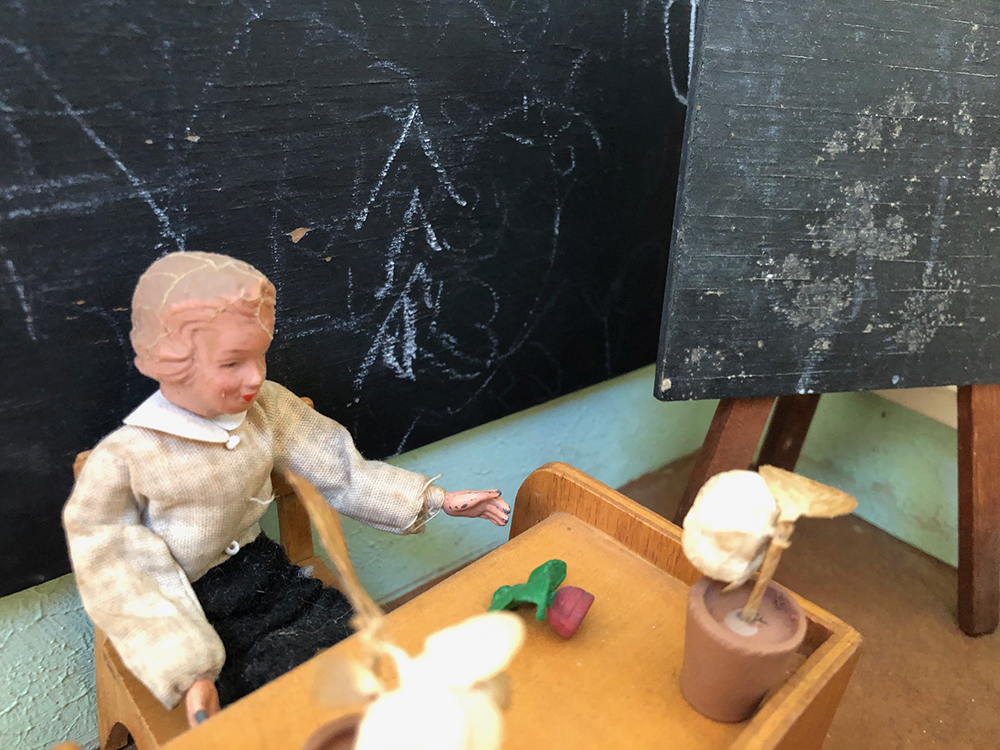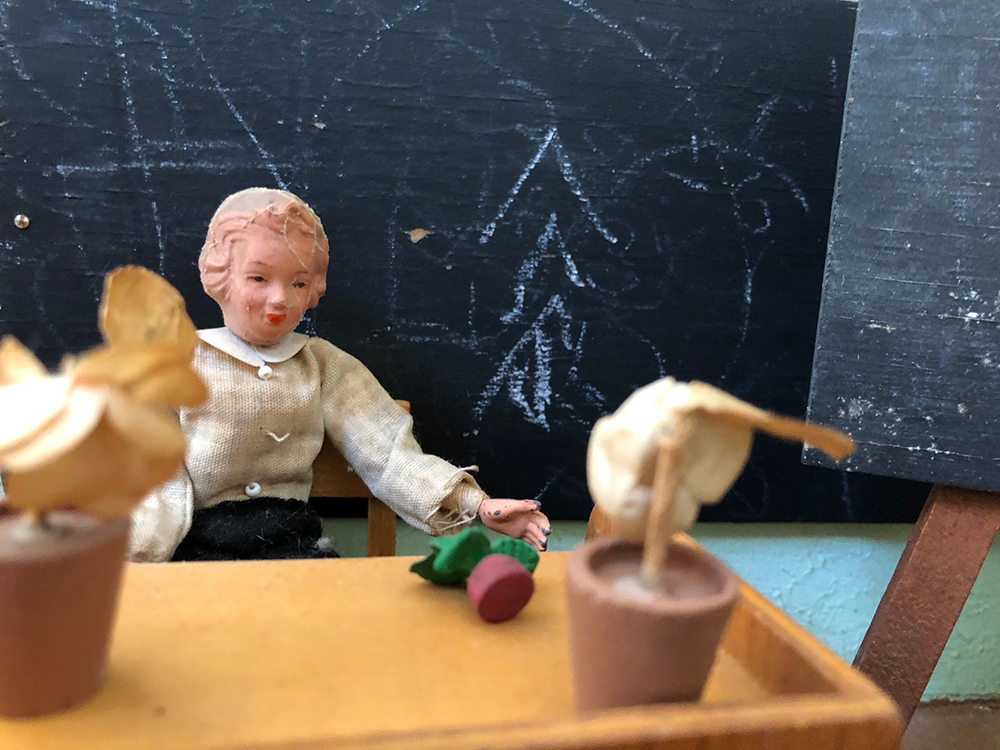
Work-at-home design teachers and students have dutifully talked the talk, using words like synchronous and asynchronous; walked the walk, from their bedrooms to their dining room work tables where they’ve watched Zoom meetings, lectures, symposia, webinars, and held virtual classes all in an effort to make the best of a bad pandemic situation. We’re told to be steadfast; this lock-down and lock-out is just an anomaly. It will, says, the leader of our nation eventually (and magically) just disappear. Well, I’ve got news, for now at least, the anomaly is the new normal (a term I have learned to despise). Like a fresh layer of skin that has grown over a nasty wound leaving a noticeable blemish — we’re scarred but not disfigured — we may be the same but also different.
The difference is significant. It means acclimation to social distancing protocols and a raft of safety precautions. Daily routines, like going into the studio or office and actually speaking with a filled classroom, are suspended. We nervously anticipate a possible second spike, which suggests our new normal will be, at best, indefinite or, at worst, here to stay. Around the world, art school and college faculties are teaching online or hybrid classes that they’ve never done before. Those of us who hoped and prayed that live classes would return in the Fall should not be surprised that classes must remain remote. Flattening the curve does not mean eliminating the virus. “As college students and professors return to campus in the midst of a pandemic, coronavirus cases are turning up by the thousands,” The New York Times reported this past weekend about data that was collected until August 25. Those schools that painfully opted for 100% online classes were right to take the precaution.
If it has not already begun, in a few weeks, remote learning begins at the majority, if not all, art and design colleges and institutions. Faculties and administrations, following an initial wave of resistance and disbelief, have been challenged to turn education topsy turvy — and from what I can tell, some are doing it admirably. In any case, for those who are still wavering, there is no choice: The time has come to stop grousing and embrace the inevitable. Face it, the pandemic is more than anomaly, it is a revolution. Those lines in the sand that we had drawn when the traumatic Spring semester ended have all but blown away.

Like it or not, design educators cannot ignore the call or perish trying. The realists and visionaries have already discovered effective ways to use admittedly flawed tools, create and follow best practices, and alter syllabi in such a way that the teaching and, hopefully, the learning experience is the same but different. Most design educators I know are truly committed to teaching (and not for the modest fees paid, either) and although they may not feel comfortable with the current options, they are trying to revise their approaches. Make no mistake, translating the in-person experience into a virtual one is not easy. Repurposing an old school lecture or assignment can be as difficult as transferring data from one internet platform to another — something is invariably lost in the transfer.
And yet, technology has forced good changes to happen many times in the past: When hot type turned cold, when paste-up became digital (and even earlier). Shifting with the times has often turned out for the better. If nothing else, it makes individuals think (and dream) inventively, indeed futuristically, about what will make the situation better.
While I am not convinced in the efficacy of 100% online teaching for art and design, I believe it is possible to achieve effective (perhaps splendid) results with the right choreography of components (or modules). The fact is, many of us are resistant to this educational shift for one over-arching reason: Fear. Arguably it is the pretext that digital cannot replicate the intimacy and articulation derived from a room filled with sentient students or achieve the tactile sensations associated with making art and design with others in a studio, that veils the fear that remote teaching requires skills and talents that one may not possess. Many teachers are masters at winging it — determining their class by instinct — and it works a lot of the time. But remote learning requires considerable planning, forethought and hours. Many of the traits that make a teacher good in a classroom, do not translate onto the screen sitting at the dining room table. Without training, a stage actor could have difficulty as a screen actor or real estate mogul could not be president. Nonetheless, all the training in the world can still fail to produce the desired result — it takes practice, practice, practice.

Distance teaching is a difficult, lonely skill and to ensure that the student is engaged demands more grit than the in-person activity. Over the past few months, in preparing for the online experience I’ve gone through the five phases of trepidation: 1. Shock, 2. Denial, 3. Acceptance, 4. Learning, 5. Planning. I still have no sense if I’ll succeed or not. Of course, self-doubt, is what any new teacher goes through before starting in any situation online or off. But this remoteness seems even more challenging. I hope I’m wrong.

